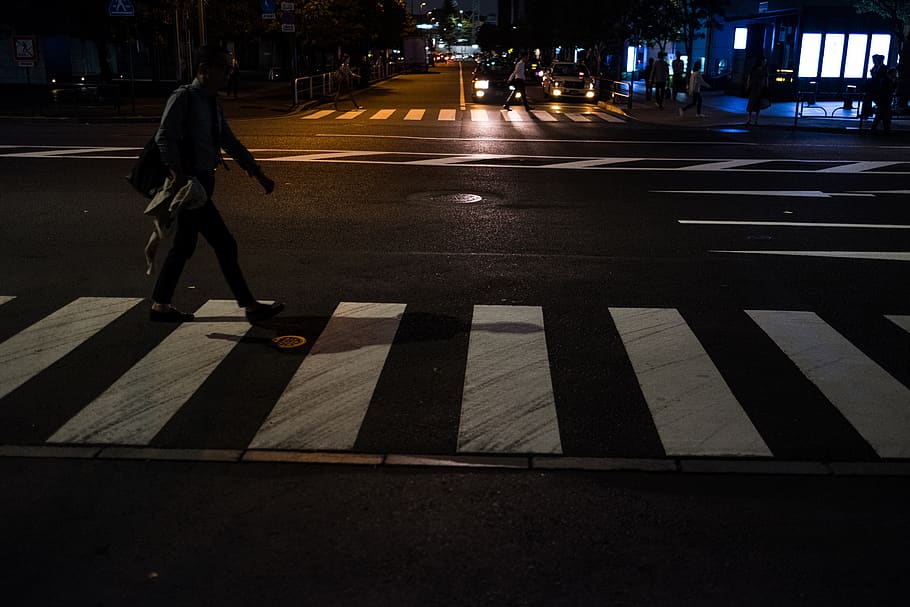It’s getting more dangerous to walk after dark. According to recently released data from the Governor’s Highway Safety Association (GHSA), nighttime crashes accounted for more than 90% of the total increase in pedestrian deaths in the past decade. Nearly three quarters of these fatalities happened away from intersections, in locations where drivers are not conditioned to expect crossing pedestrians.
While marked mid-block crosswalks are an important first step towards building safer, more walkable communities, they are not a silver bullet. According to a paper published by Safe Routes to School, “there is no proven reduction in pedestrian crashes resulting from marking crosswalks without adding other more substantial treatments, such as raised medians, traffic and pedestrian signals, or improved nighttime lighting.”
Safe Transportation for Every Pedestrian (STEP)
Many of these “more substantial treatments” are included in the Federal Highway Administration’s Safe Transportation for Every Pedestrian (STEP) program. Aimed at helping states identify and deploy proven, yet underutilized, pedestrian safety innovations, the program includes seven countermeasures that can enhance pedestrian visibility and safety, primarily at crosswalks. One of them is the rapid rectangular flashing beacon (RRFB), as shown in this FHWA video:
With their high-intensity LED lights and attention-grabbing “wig-wag + simultaneous” flash pattern (modeled after emergency vehicle lights), RRFBs have proven to be highly visible when headlight glare, wet roads, or other situations create difficult nighttime lighting conditions. But even the mighty RRFB can be enhanced, particularly with the addition of purpose-built overhead lighting for crosswalks.
Why street lighting isn’t enough
Although most streets with high levels of pedestrian activity are illuminated after dark with streetlights, they do not typically provide enough light, at the right level, for an incoming driver to detect and react to a pedestrian. Streetlights are generally mounted too high, and spaced too far apart, for a pedestrian entering or crossing a crosswalk to be seen in the dark.
How to make pedestrians stand out
The best way to improve nighttime visibility and reduce crashes is to install directional and uniform pedestrian-scale lighting that maximizes the contrast and illuminance of pedestrians on or near the crosswalk. Carmanah’s overhead lighting systems do just that, and you can add them onto any Carmanah RRFB or circular flashing beacon.
Want to learn more? Head over to our overhead lighting page, where we share more about how pedestrian visibility is determined and how our lights meet the FHWA’s specs for light levels at mid-block crosswalks in both rural and urban environments. Watch our on-demand webinar, where we dive deep into lighting design, configuration options, and support tools for our products.
